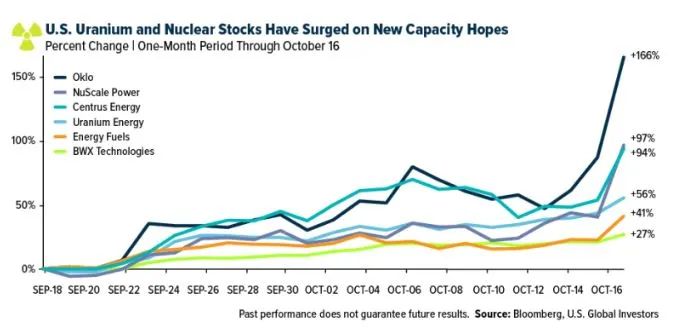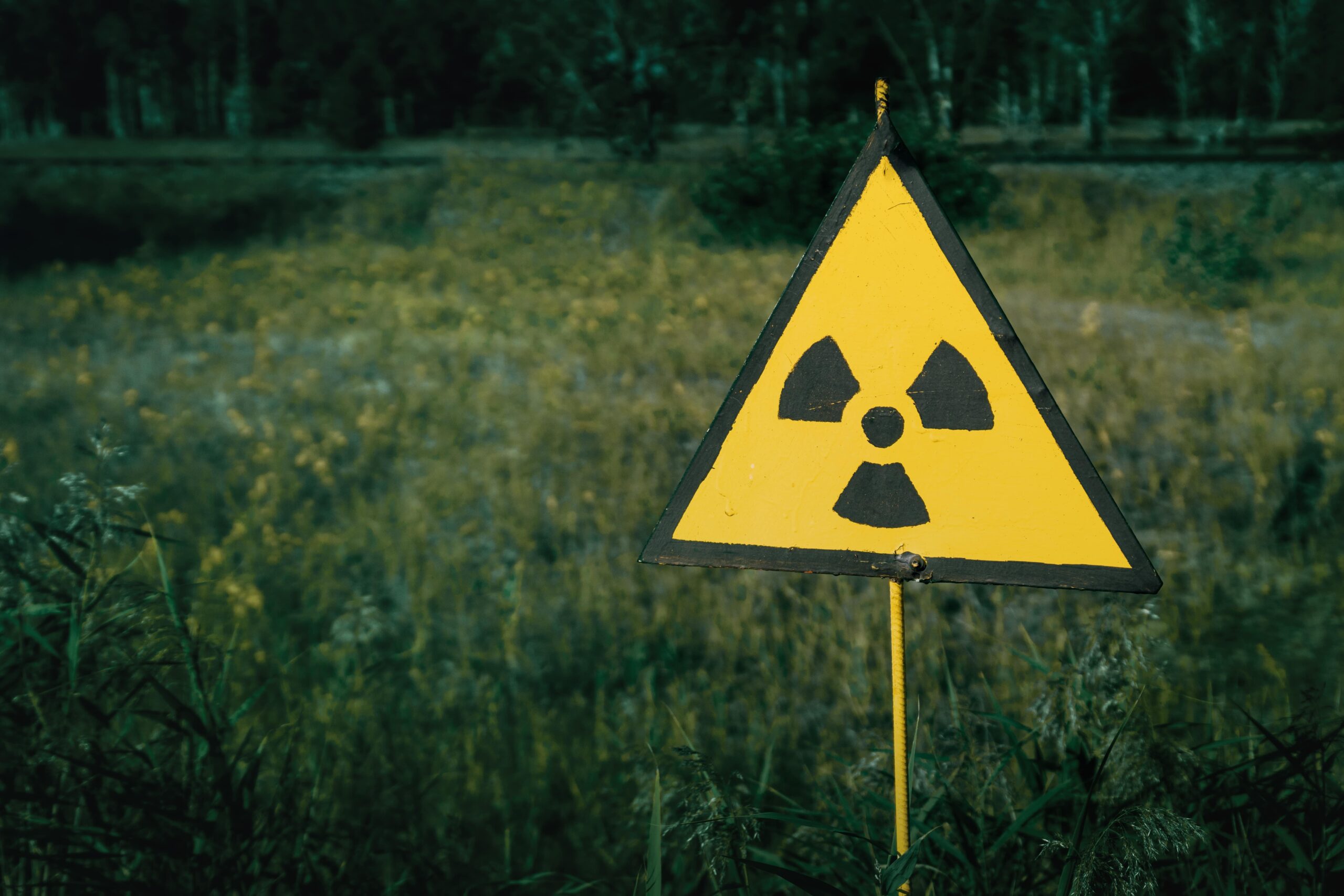Nuclear power is experiencing a major resurgence as nations seek reliable and sustainable energy solutions. Governments are investing in nuclear technology to strengthen energy security and reduce carbon emissions. The uranium economy is becoming a focal point for policymakers and investors as demand for nuclear fuel increases.
The nuclear renaissance is reshaping the energy industry. Countries are revisiting nuclear projects to support the clean energy transition. Many experts believe nuclear power will play a central role in reducing fossil fuel dependence. Rising energy demand and geopolitical concerns are pushing nations to reconsider nuclear energy as a long-term solution.
Understanding nuclear power trends is essential for energy investors, policymakers, and industry professionals. The uranium economy is evolving as new supply chains, technological advancements, and market dynamics influence global energy strategies.
Growing Demand for Nuclear Power
Governments worldwide are prioritizing nuclear power to meet their energy security goals. The clean energy transition requires a stable and continuous power supply. Renewable energy sources like wind and solar are expanding, but they depend on weather conditions. Nuclear energy provides a steady output, making it a crucial part of modern energy grids.
Several factors contribute to the renewed focus on nuclear power:
- Climate policies encourage low-carbon energy sources.
- Energy demand is rising due to industrialization and population growth.
- Uranium production is adapting to meet the increasing need for nuclear fuel.
Countries like China, India, and the United States are expanding their nuclear programs. China has multiple nuclear reactors under construction, while the U.S. is extending the lifespan of existing plants. The uranium economy benefits from these developments, driving investment in mining and processing facilities.

U.S. uranium and nuclear stocks have surged on hopes of new capacity expansion, reflecting strong investor confidence in the nuclear power sector. This chart, sourced from Bloomberg and U.S. Global Investors, highlights the one-month percentage change in major nuclear and uranium stocks through October 16.
The Uranium Economy and Market Trends
The uranium economy plays a crucial role in the nuclear industry. Uranium is the primary fuel for nuclear reactors, and its supply chain affects energy markets worldwide. Mining, refining, and trade policies determine the availability of this essential resource.
Several trends are shaping the uranium economy:
- Rising uranium prices: Increasing demand has led to price fluctuations in uranium markets.
- New mining projects: Companies are exploring new uranium deposits to ensure a steady supply.
- Geopolitical influences: Trade agreements and sanctions affect uranium exports and imports.
Countries with significant uranium reserves, such as Kazakhstan, Canada, and Australia, play a key role in the uranium economy. They supply nuclear fuel to nations looking to expand their energy security strategies. Supply disruptions can impact global markets, leading to price volatility.
The uranium economy is also experiencing shifts due to technological advancements. Companies are developing new extraction methods to improve efficiency and reduce environmental impact. This progress supports the nuclear renaissance by ensuring a sustainable uranium supply.
The Role of Nuclear Power in Energy Security
Energy security is a top priority for many nations. Countries depend on stable and affordable energy supplies to maintain economic growth. Nuclear power provides a reliable energy source that reduces reliance on fossil fuels and imported energy.
Several factors make nuclear power critical for energy security:
- It operates independently of weather conditions, unlike solar and wind power.
- Nuclear fuel is energy-dense, reducing transportation and storage challenges.
- Advanced reactor designs enhance safety and efficiency.
The clean energy transition requires diverse energy sources to achieve sustainability goals. Nuclear power complements renewable energy by providing a stable foundation for electricity grids. Many nations view nuclear energy as an essential part of their long-term energy security plans.
For example, France relies on nuclear power for more than 70% of its electricity. This approach reduces energy imports and stabilizes domestic energy prices. Other nations, such as Japan and Germany, are reconsidering nuclear projects after scaling back their programs in recent years.
The Nuclear Renaissance: A Global Shift
The nuclear renaissance is reshaping the global energy landscape. Governments and private investors are supporting new reactor projects and research initiatives. This renewed interest in nuclear technology is driven by climate concerns, technological advancements, and energy security goals.
Key developments in the nuclear renaissance include:
- Small Modular Reactors (SMRs): These compact reactors offer flexible deployment options for different energy needs.
- Next-generation nuclear technology: Advances in reactor designs improve efficiency and safety.
- Increased international cooperation: Countries are forming partnerships to develop new nuclear energy solutions.
The nuclear renaissance is particularly evident in Asia. China and India are leading the way in nuclear expansion, constructing multiple reactors to meet growing energy demands. In the United States, the government is investing in advanced nuclear projects to support the clean energy transition.
Clean Energy Transition and the Role of Nuclear Power
The clean energy transition focuses on reducing carbon emissions and adopting sustainable power sources. Nuclear power plays a vital role in this shift by providing low-carbon electricity. Unlike coal or natural gas, nuclear reactors do not release greenhouse gases during operation.
Several benefits make nuclear power essential for the clean energy transition:
- It offers a stable energy supply without carbon emissions.
- Nuclear plants have long lifespans, providing decades of clean energy.
- Advanced waste management solutions improve environmental sustainability.
While renewable energy sources are expanding, they require backup systems to maintain grid stability. Nuclear power supports the clean energy transition by ensuring a consistent power supply. Many nations are integrating nuclear energy into their carbon reduction strategies.
For example, the United Kingdom is increasing its investment in nuclear projects to meet climate targets. The government aims to expand its nuclear capacity to ensure a reliable and sustainable energy future. Other countries, including Canada and South Korea, are also prioritizing nuclear development in their clean energy transition plans.
Challenges Facing Nuclear Power and the Uranium Economy
Despite its advantages, nuclear power faces challenges that impact its growth. The uranium economy must overcome supply chain disruptions, regulatory concerns, and public perception issues. Addressing these challenges is crucial for sustaining the nuclear renaissance.
Key obstacles include:
- High initial costs: Building nuclear reactors requires significant investment.
- Regulatory complexity: Strict safety standards increase project timelines.
- Waste management: Handling nuclear waste remains a key concern for many communities.
Governments and industry leaders are working to address these challenges through policy reforms and technological advancements. Public awareness campaigns highlight the benefits of nuclear energy, improving its acceptance in various regions.
The uranium economy must also adapt to changing market conditions. Supply shortages and geopolitical tensions can affect uranium availability, influencing nuclear energy expansion plans. Investing in sustainable mining practices and alternative fuel sources can help stabilize the uranium market.
Future Outlook for Nuclear Power and the Uranium Economy
The future of nuclear power looks promising as global energy demands continue to rise. Governments are recognizing the importance of nuclear energy in achieving energy security and sustainability goals. The uranium economy will play a crucial role in meeting future energy needs.
Several factors will shape the future of nuclear power:
- Expansion of nuclear projects in emerging economies.
- Advancements in reactor technology and safety measures.
- Greater investment in sustainable uranium mining.
As the world transitions to clean energy, nuclear power will remain a key part of global energy strategies. The nuclear renaissance is gaining momentum, with increasing support from policymakers and investors. The uranium economy must evolve to meet the challenges of a growing nuclear industry.
Conclusion
Nuclear power is experiencing a resurgence as countries focus on energy security and carbon reduction. The uranium economy is adapting to meet rising demand for nuclear fuel. The nuclear renaissance is driving investment in advanced technologies and sustainable energy solutions.
The clean energy transition requires a mix of renewable and nuclear energy sources to ensure long-term sustainability. Governments and investors are prioritizing nuclear projects to support global climate goals. Addressing challenges in the uranium economy will be crucial for maintaining a stable nuclear energy future.
As nuclear power continues to evolve, its role in the energy sector will expand. The future of nuclear energy looks promising, with technological innovations and policy support driving its growth. Understanding nuclear power trends and the uranium economy is essential for navigating the changing energy landscape.
Click here to read our latest article Lithium and Forex: Does Rising Demand Impact Currencies?




